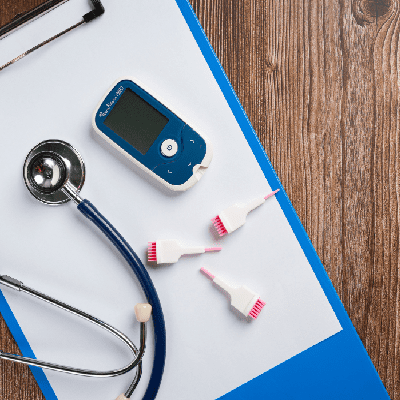22 March 2023
Type 2 Diabetes Mellitus is a chronic disorder characterised by high blood sugar levels, i.e. higher than normal concentrations of glucose in the bloodstream.
The body requires glucose for energy, which is obtained externally through carbohydrate-enriched food sources and synthesized internally via gluconeogenesis in the liver and kidneys. In a normal, healthy individual once glucose is released into the bloodstream, it is processed by insulin - a hormone secreted by the pancreas - a gland situated near the stomach and liver within the abdomen. This processed glucose is then passed on for uptake by cells and tissues.
In people with type 2 diabetes mellitus, however, the body is unable to process glucose. This happens due to either insufficient quantities of insulin synthesised by the pancreas, or when the body's cells do not respond to insulin and are unable to absorb glucose - a condition referred to as insulin resistance.

Symptoms:
The typical signs of type 2 diabetes are not always noticeable and tend to develop over a course of time in the affected individual. These consist of:
Complications:
Type 2 diabetes is a long-term ailment, the onset of which is usually in people over the age of 40, but can also develop in young adults and even children. Owing to sudden spikes in blood glucose levels, various other organs and tissues in the human system undergo deterioration and thus pose several complications, such as: